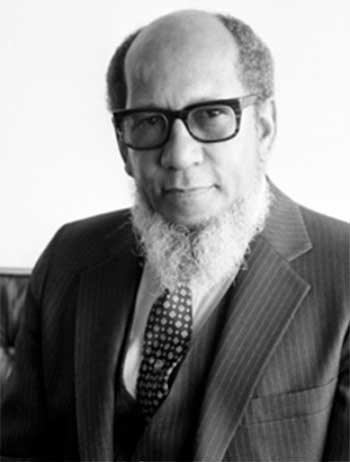
Review of New Book by Calixte George written by Joseph Edsel Edmunds Ph.D., O.B.E.
This publication is a scholarly dissertation, a living metamorphosis of an institution from its embryonic beginning in 1890 to our present time, taking us through diverse local, regional and global panorama and challenging circumstances, which have contributed and impacted its being and continue to influence the lives of the people of Saint Lucia, the region and our world at large.
It is an extensive in depth documentation with considerable historical detail of the richness of the human spirit contained and expressed within a Saint Lucian society, transfused into an institution and emanating from it the molding and development of persons of distinction and eminence, who have influenced our country, the region and the world in almost every sphere of human development, in spite of the dramatic, sometimes turbulent, vicissitudes of life.
The author captures the contribution of Samarians in academic pursuits at the same time reminding us of the religious and moral training which was continuously inculcated by the Institution, a training which went hand in hand with physical and extra-curricular activities as part of the routine school programme. The net result was that the institution produced well disciplined ‘gentlemen of character.’
The manner in which the author dealt with the first Headmaster of the Presentation Brothers’ era, Bro. Michael Canice Collins, in his visionary ‘act of faith’ in relocating St. Mary’s College to a new environment conducive to learning at the Vigie peninsular and the preparation of St. Mary’s students to enable Saint Lucia to enter the World of Natural Science, must be complimented.
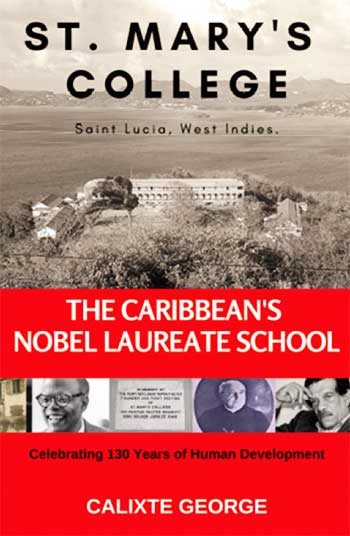
Several lessons emerge from this thorough, erudite, informative discourse. Of significance is the reminder to Samarians of the importance of discipline and responsibility as outlined in the ‘Standing Order’ enunciated at the inauguration of Prefects, and the evocation that ‘Unity will make us strong’ in STEP TOGETHER, that spiritually binding School Song. Another gem that shines – the elucidation of St. Mary’s as a silent but bright contributor to the religious and socio-cultural development of the country is highly commendable.
In relating the singular story of St. Mary’s as a secondary educational institution, the author not only captures the role it played in the educational development of the country but also its role in economic development particularly in agriculture which was the mainstay of the country for a long period of time.
A brave and remarkable exercise was accomplished in outlining ‘snapshots’ of the contributions of Samarians in various fields of endeavor thus providing an insight into the wealth of expertise available in the Diaspora all over the world. The relevant Saint Lucian Authorities should take notice of that and make an effort to initiate the establishment of a “Diaspora Bank/Registry of Expertise” for ready utilisation in local socio-economic development programmes. In that way we would at least be recognising the prescription of our own Nobel Laureate, Sir William Arthur Lewis that “the fundamental cure to poverty is not money but knowledge.”
The greatness of St. Mary’s is eloquently expressed by the author in a kaleidoscopic multifaceted and multidisciplinary mosaic whose richness of content is worthy of consideration by local and regional leaders and educational and developmental institutions.
This book is a monumental thesis embracing every aspect of institutional development in a small country with a colonial past which has had its impact beyond the shores of Saint Lucia which nurtured and produced the highest per capita Nobel Laureates (Sir William Arthur Lewis and Hon Sir Derek Alton Walcott) in the world of today – the pride of Saint Lucia giving true meaning to “The Helen of the West” which Saint Lucia is deservingly labelled.
In that regard the author devotes a separate chapter to Sir William Arthur Lewis and Hon. Sir Derek Alton Walcott with an interesting slant towards their contributions to Saint Lucia.
Overall the discourse could be considered to be a significant part of the history of secondary school education as well as part of the history of Roman Catholicism in Saint Lucia.
The author’s eclectic knowledge and experience in local and regional developmental affairs as well as the political and governance arena in Saint Lucia makes him eminently qualified to attempt this herculean task. Further it should be indicated that the dual clerical and science based education infused in him by St. Mary’s College comes to the fore particularly when he relates economic, socio-cultural, literary and artistic expositions to physicochemical scientific phenomenon.
I highly recommend this book to the thousands who were blessed with a Samarian experience and to their children who need to learn of the greatness of St. Mary’s College, its past and the role they could play in the molding of the future, the role they could play in nation building and the peace and development of our nation, the region and our world like those who have so admirably and unselfishly made their contributions to humanity.
The book is also recommended to the general population of Saint Lucia but more particularly to the educational and other governmental authorities.
Finally, all Samarians should be thankful to Calixte for undertaking such a herculean task, which I must say, was long overdue. Bravo Calixte.
Editor’s note: Joseph Edsel Edmunds is the former Ambassador of Saint Lucia to the United Nations, the Organisation of American States and the United States of America. He previously served as a member of the Executive Board of the United Nations Educational and Scientific Organisation, as the Director of Research, Windward Islands Banana Growers Association (WINBAN), and as a Senior Research Scientist (Nematology), Regional Research Centre (RRR), University of the West Indies.


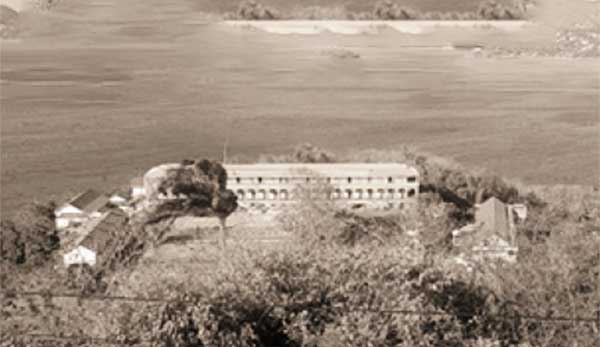








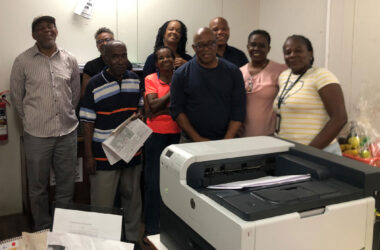
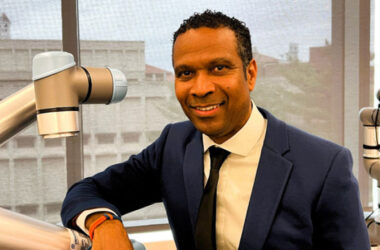


Thank you very much my ol’ friend Edsel for your review of our mutual friend Calixte
Georges’ book, a scholarly dissertation on St. Mary’s College, the history of an institution
that have provided us with no less than two Nobel Laureate scholars.It is thought that it may
be the vision of a certain individual, who was instrumental, among many others in relocating
the College at it’s present location at Vigie thought to be a new environment conducive to learning.
As concerning the environment, isn’t it amazing that it was that little old building on that noisy corner
that produced two Nobel Laureates and we haven’t had any since. The picture on the book cover is
not the one in which our learned brothers attended. Bro Elsel I remember you as the quiet studious
one who graced the company of many at the Castries location, and many will agree, it is the mind of
the men – in their time – that made them who they are (were). Today we talk of Nobel Laureates, but
my dear friend, to me and I’m sure many of our mutual friends do look to you as one of our luminaries.
I thank you both brothers Calixte and Edsel, keep up the good work, and be kind, give God the Glory..